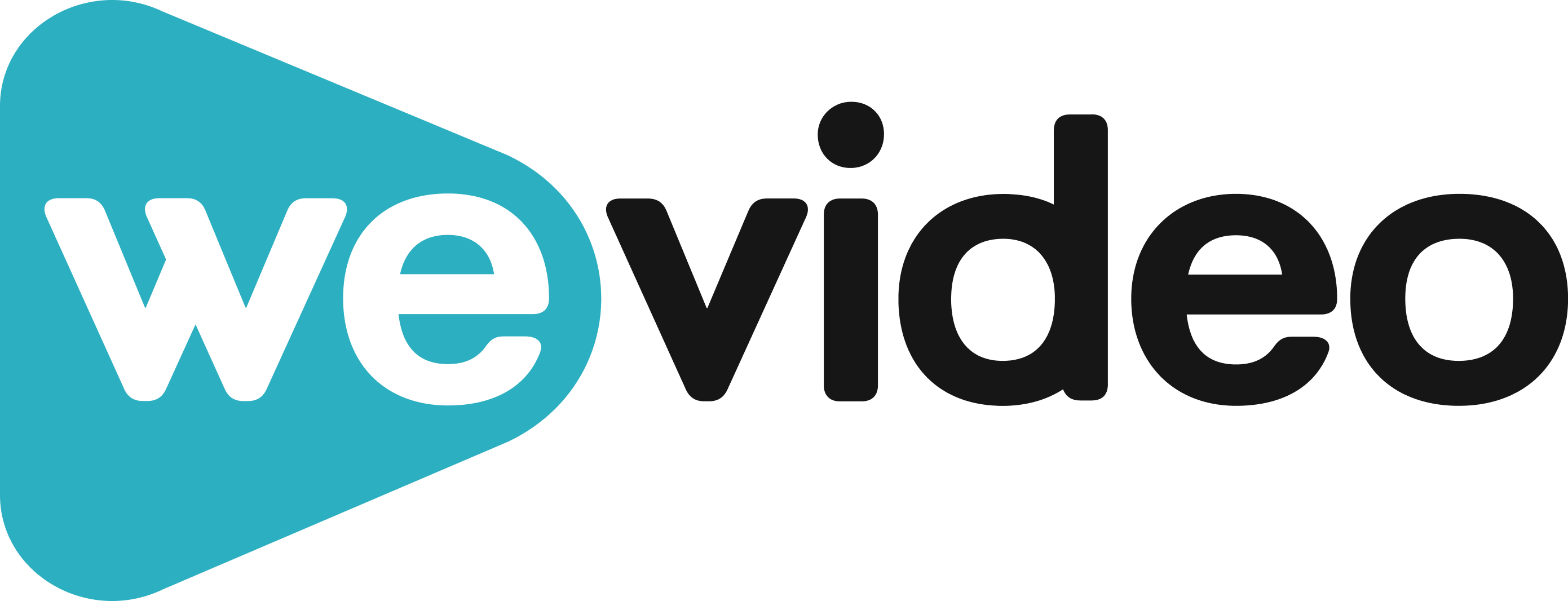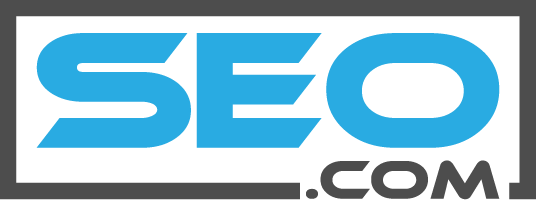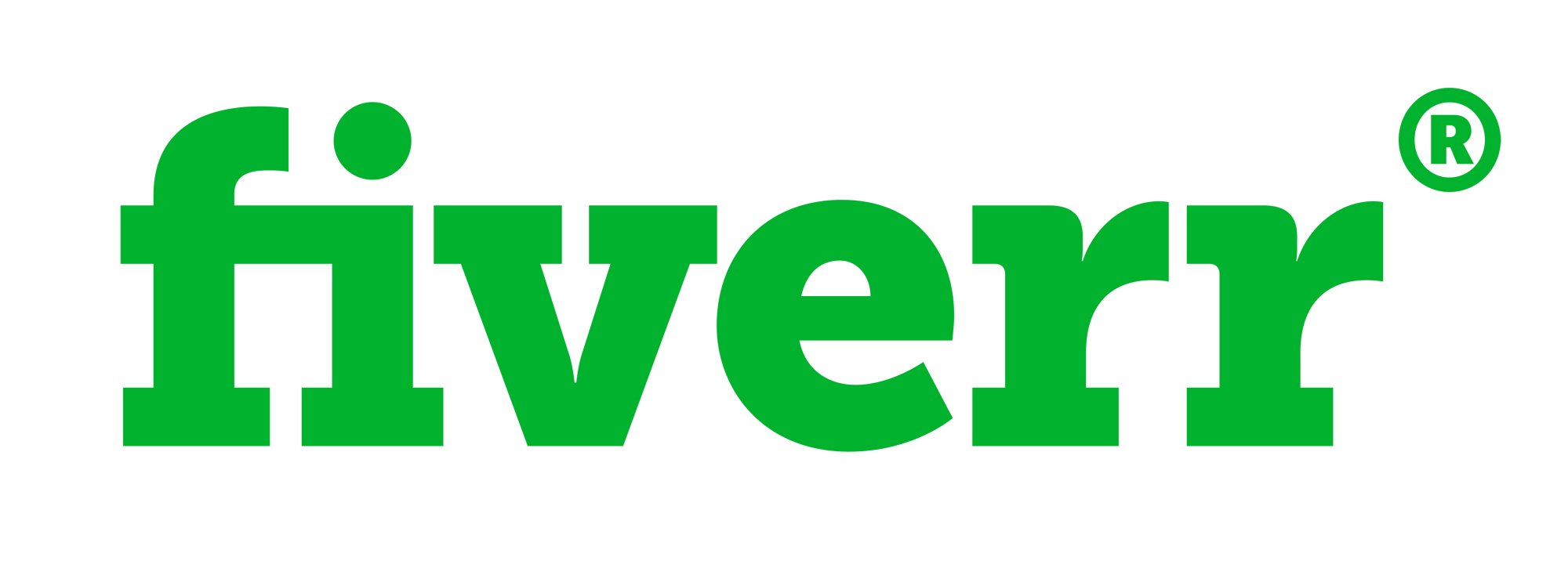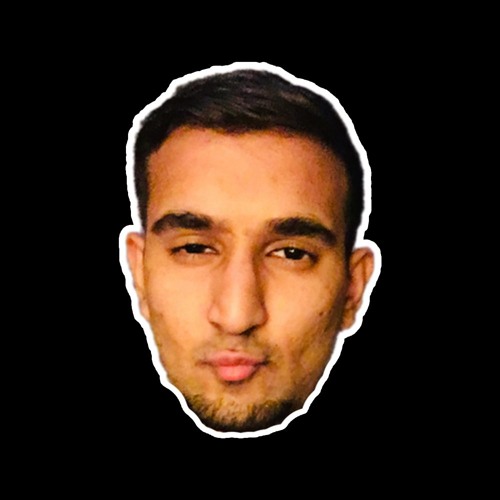How to Make Video Montage Project: Example of How to Write Brief with Essential Tools and Basic Questions
Crafting Cinematic Brilliance: Unveiling the Art of Montage Video Editing
Montage video it is the process of selecting the video and sound that will be included in the finished movie. Initially, this is a selection of material, which is successful and which is not, removing bad material, arranging the footage in accordance with the scenario.
Montage Video Project Brief
This template provides a structured format for outlining the key aspects of a montage video or video editing project, including its goals, target audience, content details, style preferences, technical requirements, and timeline.
| Section | Description |
|---|---|
| Project Title | [Your project title] |
| Project Description | [Brief description of the project goals and main purpose of the montage video or video editing] |
| Target Audience | [Description of the target audience, including demographics, interests, and preferences] |
| Content Details | [Description of the raw footage or content to be included in the montage video, including duration, format, and any specific instructions] |
| Style Preferences | [Description of the desired editing style (e.g., fast-paced, cinematic) and any specific visual or audio effects to be included] |
| Technical Requirements |
|
| Timeline | [Proposed timeline for video editing, revisions, and finalization] |
| Delivery | [Method of delivering the final montage video, such as email, file sharing platform, or cloud storage] |

Types of video montage/editing
- Cut-based editing: This is a simple method of video editing that involves cutting and pasting clips together to create a final video. It's commonly used in news and documentary filmmaking.
- Transition-based editing: This technique involves using transitions, such as fades, wipes, and dissolves, between different clips to create a seamless flow. It's popularly used in music videos and commercials.
- Montage-based editing: This type of editing involves using a montage, which is a sequence of short shots edited together to convey a specific idea or mood. It's often seen in films and TV shows.
- Non-linear editing: This method of editing uses computer software to edit videos, making the process more efficient and flexible. It's widely used in professional film and video production.
- Motion graphics: This technique uses animation and visual effects to enhance the visual appeal of a video. It's often used in music videos, films, and commercials.
- Color correction: This type of editing includes adjusting color balance, contrast, and saturation to enhance the visual appeal of a video. It's commonly used in films, TV shows, and commercials.
- Audio editing: This technique involves using sound effects, music, and voice-over to improve the audio quality of a video. It's often used in films, TV shows, and commercials.
- Time-remapping: This technique involves manipulating the speed of a video, either by slowing it down or speeding it up, to create a specific effect. It's commonly used in music videos and commercials.
Commercial vs. Non-Commercial: Tailoring Video Editing Briefs for Success
In the world of video editing, a brief is a crucial tool for achieving desired outcomes. It serves as a roadmap that defines the goals and objectives of the editing process. Let's explore the elements to consider when writing a brief, as well as the important terms associated with this process.
Metric: Metric is one of the fundamental aspects when writing a brief. It determines the tempo and rhythm of the video. The metric style can be fast-paced and dynamic or slow and soothing. The goal is to ensure that the editing aligns with the chosen metric, creating a specific impression on the viewer.
Rhythmic: Rhythmic editing utilizes different speeds and durations of frames to create a specific rhythm and energy. This can be particularly effective in conveying dynamic and fast-paced information. Rhythmic editing style can emphasize activity, subordination, or synchronize with the musical accompaniment.
Tonal: Tonal editing involves selecting specific color palettes, filters, and color correction settings to convey a particular mood or emotion. Tonal editing can be bright and joyful or dark and tense, depending on the goals and requirements of the project.
Overtone/Associational: Overtone or associational editing style is used to establish associations, connections, and subtext between different frames or video elements. This can be achieved through metaphors, shape or content matching, to reinforce specific ideas or concepts.
Intellectual: An intellectual approach to editing entails using various structures and schemes to manage the flow of information and visual effects. This includes logical organization of material to convey specific messages or express complex concepts. Intellectual editing may also involve the use of text elements, diagrams, charts, or animations to enhance understanding and information delivery.
The goal of writing a brief for video editing is to clearly define these different aspects and indicate their role in the final product. The brief serves as a guideline for the copywriter and editing director to effectively work on the project and achieve the expected outcome.
When writing the brief, it is important to consider the target audience and project goals. Clearly defining the metric, rhythm, tonal style, overtone/associational approach, and intellectual elements will help align the video editing with the overall project vision and create a strong impression on viewers.
Montage can be commercial or non-commercial. Commercial videos refer to sales and non-commercial videos refer to personal videos either to a small circle of people like company employees or relatives.
One of the first tasks is to select the necessary materials for work from the captured video. Determine its format and duration. Understand whether additional materials such as footage, titles or motion design will be needed. What style of video and editing do you need, do you need a script, voice acting - all this relates to tasks.

WeVideo is a free online video editing tool that allows users to create, edit, and share videos with ease. It features a variety of editing tools and effects to help users create professional-looking videos. WeVideo is available on the web and as an app for iOS and Android devices.
Google rank: 8.1

InVideo is a free online video editing tool that allows users to create, edit, and share videos with ease. It features a variety of editing tools and effects to help users create professional-looking videos. InVideo is available on the web and as an app for iOS and Android devices.
Google rank: 8.5
6 Best Production Management Software for Video & Film (2022)

Film and video productions are hectic! Having the right production management software sets the tone for how organized and efficient your shoot will be. Yet with so many options out there, how will find the one to fit your needs? Look no further.
Read moreTOP 10 Project Manager Tools for Videographers

When it comes to project management tools you want something that is easy to access by all team members, is affordable, and helps streamline your workflow quickly and efficiently. As a videographer, the right project management tool can help you stay on schedule, focus on the key aspects of the project, and cut out time wasted on communication issues and more. The following project management tools can assist in the planning, shooting, organizing, and execution of any video project you are working on.
Read moreNavigating Targeted Appeal: Understanding Your Audience in Video Montage Projects
When creating a video montage project, it is important to identify and understand your target audience. This will depend on whether the video is intended for commercial use or not, and where it will be shown. The target audience can be measured by various factors such as gender, age, and income level. One popular method for determining the target audience is the Character method, which is quite detailed and requires significant effort. However, a simplified version of this method can be used, focusing on three main parameters: Geography, Demography, and Psychography.
Geography refers to the location of your target audience, Demography covers factors such as gender, age, education, and lifestyle, while Psychography delves into interests and problems of your target audience. By considering these parameters, you can tailor your video montage project to effectively reach and engage your intended audience.
7 Tools to Help You Learn About Your Target Audience
Knowing your brand’s target demographics can help you create better audience profiles and reach them on the platforms and in the places they frequent most. There are a lot of ways to dig into the demographics of your current visitors and your target audience, and you may already have tools installed to start mining for information. Here are seven tools you can use to learn more about who your current visitors and customers are, as well as the audience you want to attract.
Read more8 Tools to Better Understand Your Target Audience

We read a lot in the SEO world about things like keyword research , analyzing your competitors, and other things to get traffic to your site. But I don’t see information very often about deciding who your target audience is and how to make sure your keyword choices will actually reach them. This is one way to take your keyword research to the next level, and it’s well worth the effort. So rather than trying to guess whether your SEO or PPC ads are appearing in front of the right people, here are some tools you can use to make sure.
Read moreText to Screen: The Symbiosis of Copywriting and Video Scripting
Some editing needs a script. To write such a script, there are some rules that help in the work.
In the context of video marketing, a script is a script that describes in detail what is happening in the video, + the text that will sound in it. In fact, you need to use unique copywriting: all the same formulas, techniques, grammar rules. That is why video content is so close to text content.
The video script can exist on its own. This is a complete script, which is enough for bloggers, television employees, and advertising agencies. But usually, it is supplemented by a storyboard - a series of sketches that illustrate the key fragments of the future video.
The Power of References: Guiding Artists in Crafting Video Masterpieces
References help give the artist a clearer picture of the final product. There are many different types of montages that can be used in videos, coloring, and many other video building elements that can inspire you and give your artist the right direction. It's often hard to articulate in terms of video style, but providing as much detail as possible, along with links to other productions you like you'll help emphasize the style you're after more clearly – making it more likely you'll end up with the finished product you'd envisioned.

Vimeo, Inc. is an American video hosting, sharing, and services platform provider headquartered in New York City. Vimeo focuses on the delivery of high-definition video across a range of devices. Vimeo's business model is through software as a service.
Google rank: 4.4
YouTube is an American online video sharing and social media platform headquartered in San Bruno, California. It was launched on February 14, 2005, by Steve Chen, Chad Hurley, and Jawed Karim. It is owned by Google, and is the second most visited website, after Google Search.
Google rank: 9.4
Elevating Visual Appeal: The Impact of Titles, Effects, and Infographics in Video Production
In the realm of video production, the incorporation of various elements such as titles, effects, and infographics plays a pivotal role in enhancing the overall visual appeal and communicative power of the content. These elements not only contribute to the aesthetics of the video but also serve as powerful tools for conveying information effectively. When crafting a video brief, it is imperative to pay careful attention to these aspects, as they can significantly influence the success and impact of the final product.
Serve as more than mere identifiers; they are essential components that guide the viewer through the narrative. Well-crafted titles not only provide context but also contribute to the overall storytelling process. In the video brief, specifying the style, tone, and content of the titles can ensure that they align seamlessly with the intended message and audience engagement strategy.
Add a layer of creativity and dynamism to the visual experience. Whether it's subtle transitions, dynamic overlays, or impactful visual effects, these elements can elevate the video from mundane to captivating. Clearly outlining the desired effects in the video brief allows the production team to understand the creative direction, ensuring that the effects complement the narrative and enhance the overall viewing experience.
Are powerful tools for conveying complex information in a visually digestible manner. In a video, infographics can be used to present data, statistics, or key points in an engaging and accessible format. When writing a brief, specifying the type of infographics needed and the information they should convey ensures that they align with the video's goals and effectively communicate with the target audience.
For commercial videos, the inclusion of titles, effects, and infographics takes on added significance. These elements contribute not only to the visual appeal but also to the persuasive nature of the content. Well-designed titles can grab attention, compelling effects can create a memorable impact, and infographics can deliver information that resonates with the audience. In the competitive landscape of online marketing, a visually appealing and informative video can be a game-changer, potentially increasing sales and engagement with the target audience.

VideoHive is an online stock file with a huge library of video and motion graphics. Produce slick videos and motion graphics with a huge range of stock footage, After Effects templates for logos, intros and more, as well as Apple Motion templates, etc.
Google rank: 9

Bring your videos to life with dynamic animations. Discover professionally-designed, easy-to-use motion graphics video templates for all your projects, ready to use in Premiere Pro. Quickly find what you’re looking for with search filters — everything from titles to transitions, backgrounds, overlays and more.
Google rank: 6.4
Versatility Unleashed: The Accessibility of Audio Resources in Video Production
How to write music brief How to write audio brief
In the final stages of video production, the incorporation of music and sound effects holds significant importance, adding depth, emotion, and engagement to the visual narrative. The choice between composing original music or utilizing ready-made compositions depends on the creative vision, budget constraints, and specific requirements outlined in the video brief.
Original Music Composition:
- Tailored to Fit: Composing original music provides the opportunity to tailor the soundtrack precisely to the mood, tone, and pace of the video. This ensures a seamless integration between the visual and auditory elements, enhancing the overall viewer experience.
- Brand Identity: For commercial videos, original music can contribute to building a unique brand identity. A custom composition can become synonymous with the brand, creating a memorable association for the audience.
Ready-Made Compositions:
- Convenience and Cost-Effectiveness: Using ready-made compositions is a convenient and cost-effective option, especially for projects with budget constraints or tight timelines. There are various online platforms where creators can access a diverse range of music tracks suitable for different themes and purposes.
- Diverse Options: Ready-made compositions offer a wide range of genres, styles, and moods, allowing creators to find the perfect match for their video without the need for extensive music production expertise.
Sound Effects:
- Enhancing Impact: Sound effects play a crucial role in enhancing key moments, emphasizing important points, or simply adding entertainment value to the video. From subtle background sounds to impactful accents, well-chosen sound effects can significantly enhance the overall audio-visual experience.
- Ordering Original Sound: For specific and unique requirements, creators have the option to order original sound effects tailored to the video's needs. This ensures a bespoke auditory experience that aligns perfectly with the visual content.
- Online Resources: The internet provides a wealth of options for both paid and free sound effects libraries. Creators can explore and download a variety of sounds to complement their videos, ensuring a professional and polished final product.
In the digital landscape, access to both original compositions and pre-existing music and sound effects is readily available. Online platforms and marketplaces offer a vast array of choices, allowing creators to navigate through options that suit their project requirements. Whether ordering original sound or downloading pre-existing materials, these resources contribute to the versatility and accessibility of audio elements in video production.
Explore The Best Music. Get Unlimited Downloads. Enjoy Your Creative Freedom. Start Now! Discover 1000's of New Songs. Amazing Royalty-Free Music for Video. 100% Copyright Free. 2022's Talented Composers. 1000s of New Songs.
Google rank: 9

What does AudioJungle mean? AudioJungle is part of Envato Market. At AudioJungle you can buy and sell royalty-free music and sound effects that are completely Podsafe for just a few dollars, which includes a Buyer Fee. The site is home to a bustling community of audio composers and producers.
Google rank: 6.4
Decoding Freelance Compensation: Unveiling Varied Remuneration Models Across Creative Disciplines
In the realm of script production, a distinctive approach is taken by employing a fee calculated per the number of characters. This method ensures a fair compensation reflecting the intricacies and depth of the script, emphasizing the value assigned to each written element.
The art of voice acting introduces a unique dimension to freelancing compensation. Here, remuneration is intricately tied to time, with voice actors compensated based on the duration of their vocal contribution, whether measured in seconds or minutes. This method not only recognizes the skill and expertise of the voice actor but also aligns compensation with the impact and length of the recorded content.
When it comes to capturing visuals through a camera lens, freelancers employ a time-based rate, with the option to integrate it into an overall project price. This approach encompasses not only the time spent on recording but may also include additional considerations such as equipment usage and studio rental. The comprehensive nature of this compensation model reflects the multifaceted aspects involved in video recording, acknowledging the skill, equipment, and resources invested by the freelancer.
In the realm of motion graphics, compensation is uniquely structured based on the duration of the video. Freelancers engaged in motion graphics are compensated per second of the final video, recognizing the intricate and time-intensive nature of creating visually engaging and dynamic animations. This method ensures that freelancers are duly recognized for the creative effort and technical expertise invested in each fleeting moment of the motion graphics production.
As the freelancing landscape evolves, the diversification of compensation models allows for a more tailored and equitable approach, meeting the specific demands of each freelance project. This nuanced understanding of various remuneration methods underscores the importance of fair compensation for the skills, time, and creativity freelancers bring to the table.

Upwork connects businesses with independent professionals and agencies around the globe. Where companies and freelancers work together in new ways that .
Google rank: 4.4
Join the thousands of entrepreneurs who are launching their contests every week and harnessing the awesome power of crowdsourcing.
Google rank: 6.4

Another staple competitor analysis tool for SEO is Ahrefs’ site explorer, which allows you to check any URL’s top organic keywords. Additionally, you get a rough estimate of how much traffic a competitor receives on those keywords.
Google rank: 9.4
Conclusion
In conclusion, video montage is a meticulous process that involves selecting the most impactful video and sound elements to create a cohesive and engaging final product. The diverse types of video editing techniques, such as cut-based editing, transition-based editing, montage-based editing, non-linear editing, motion graphics, color correction, audio editing, and time-remapping, offer a range of creative options for storytellers and filmmakers.
Understanding the commercial and non-commercial aspects of video editing briefs is essential for success. A well-crafted brief considers metrics, rhythm, tonal style, overtone/associational approaches, and intellectual elements to guide the production team effectively. Targeting the right audience through geographic, demographic, and psychographic parameters ensures that the video montage resonates with its intended viewers.
The synergy of copywriting and video scripting is crucial for effective communication in video marketing. Crafting a script that vividly describes the visual and auditory elements helps bridge the gap between the scriptwriter's vision and the final video outcome. References play a pivotal role in guiding artists and providing direction for video style, making it crucial to articulate preferences and styles clearly.
The incorporation of titles, effects, and infographics in video production enhances visual appeal and communication. Titles serve as identifiers, effects add dynamism, and infographics present complex information in a digestible format. Platforms like Vimeo, YouTube, VideoHive, and InVideo provide valuable resources for video creators.
Audio elements, including music and sound effects, add depth and emotion to the final video. Choosing between original music composition and ready-made compositions depends on the creative vision and budget constraints outlined in the video brief. Similarly, freelancers in video production follow varied compensation models based on factors such as script characters, voice acting duration, video recording time, and motion graphics duration.
As the video production landscape continues to evolve, understanding these elements and embracing versatile tools and resources available online contribute to creating impactful and visually compelling video montages. The seamless integration of these components ensures a polished and professional final product that captivates audiences across different platforms.

